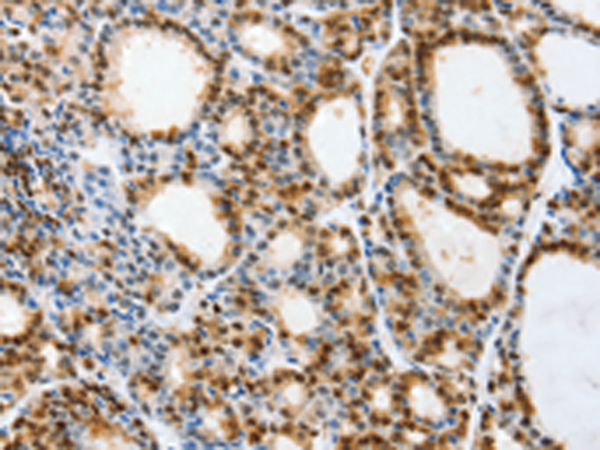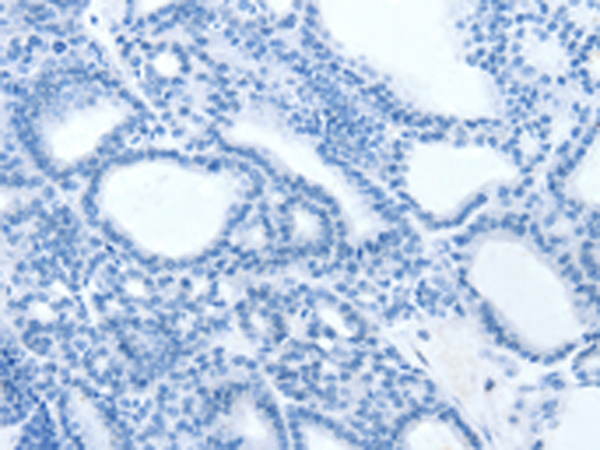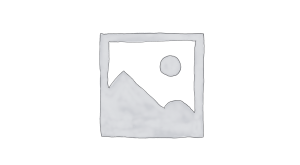| 货号: S220003 |
| 产品全名: SELENOS 兔多抗 |
| 基因符号 SELS; VIMP; ADO15; SBBI8; SEPS1; AD-015 |
| UNIPROT ID: Q9BQE4 (Gene Accession – NP_060915 ) |
| 背景: This gene encodes a transmembrane protein that is localized in the endoplasmic reticulum (ER). It is involved in the degradation process of misfolded proteins in the ER, and may also have a role in inflammation control. This protein is a selenoprotein, containing the rare amino acid selenocysteine (Sec). Sec is encoded by the UGA codon, which normally signals translation termination. The 3′ UTRs of selenoprotein mRNAs contain a conserved stem-loop structure, designated the Sec insertion sequence (SECIS) element, that is necessary for the recognition of UGA as a Sec codon, rather than as a stop signal. Two additional phylogenetically conserved stem-loop structures (Stem-loop 1 and Stem-loop 2) in the 3′ UTR of this mRNA have been shown to function as modulators of Sec insertion. An alternatively spliced transcript variant, lacking the SECIS element and encoding a non-Sec containing shorter isoform, has been described for this gene (PMID:23614019). [provided by RefSeq, Jul 2017] |
| 抗原: Synthetic peptide of human SELENOS |
| 经过测试的应用: ELISA, IHC |
| 推荐稀释比: IHC: 50-200; ELISA: 2000-5000 |
| 种属反应性: Rabbit |
| 克隆性: Rabbit Polyclonal |
| 亚型: Immunogen-specific rabbit IgG |
| 纯化: Antigen affinity purification |
| 种属反应性: Human, Mouse, Rat |
| 成分: PBS (without Mg2+ and Ca2+), pH 7.4, 150 mM NaCl, 0.05% Sodium Azide and 40% glycerol |
| 研究领域: Signal Transduction, Immunology |
| 储存和运输: Store at -20°C. Avoid repeated freezing and thawing |

Immunohistochemistry analysis of paraffin embedded Human thyroid cancer tissue using 220003(SELENOS Antibody) at a dilution of 1/40(Cytoplasm, Endoplasmic reticulum membrane). | 
In comparision with the IHC on the left, the same paraffin-embedded Human thyroid cancer tissue is first treated with the synthetic peptide and then with 220003(Anti-SELENOS Antibody) at dilution 1/40. |
|




